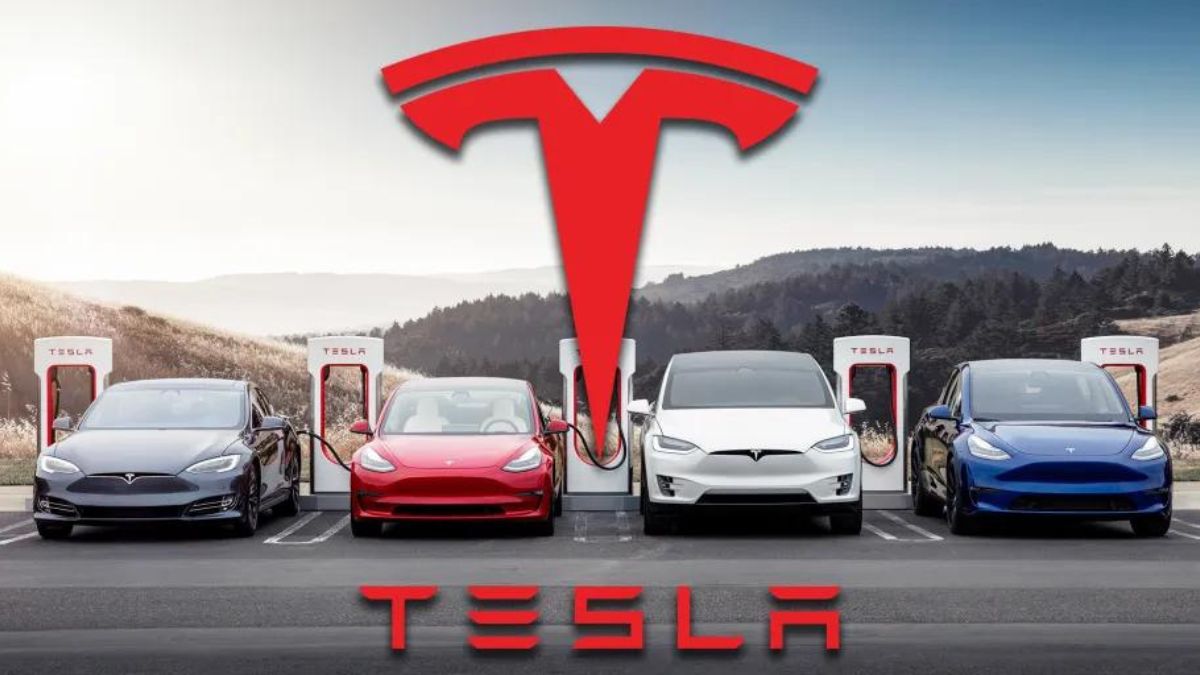
Advertisement
Tesla’s stock took a severe hit on Wednesday, closing down 12% at $215.99, marking its largest single-day drop since 2020. This slump follows the company’s latest earnings report, which revealed weaker-than-expected quarterly results and another decline in automotive revenue.
For the second quarter, Tesla reported a 7% drop in auto revenue year-over-year, totaling $19.9 billion. Despite a 2% increase in total revenue to $25.5 billion, the company’s margins fell, reflecting ongoing challenges in the competitive electric vehicle market.
The stock’s decline has intensified Tesla’s year-to-date losses, bringing the total drop to 13%, while the Nasdaq has risen by 16% over the same period. The company’s shrinking margins, which fell to 14.4% from 18.7% a year ago, have been a major concern for investors. This marks the fourth consecutive quarter of margin decline.
Tesla has been struggling with slowing sales and rising competition, particularly in China, leading to global price cuts and increased discounts. Although Tesla remains the leading electric vehicle seller in the U.S., it is facing growing competition from new rivals and an aging lineup of models.
During the earnings call, CEO Elon Musk addressed several key topics. He highlighted Tesla’s plans to introduce a new “affordable” car in the first half of next year, aiming to rejuvenate its vehicle lineup. Additionally, Musk discussed the company’s ambitions for robotaxis—autonomous vehicles that could participate in an Uber-style ride-hailing service.
However, Musk pushed back the anticipated robotaxi event from August to October, citing the need for significant improvements to the vehicle. This delay adds to Musk’s history of ambitious timelines that have often been revised.
Investors are keenly watching Tesla’s next moves, including the rollout of new models and the development of robotaxis, as the company navigates its current financial challenges and intensifies competition in the electric vehicle sector.
